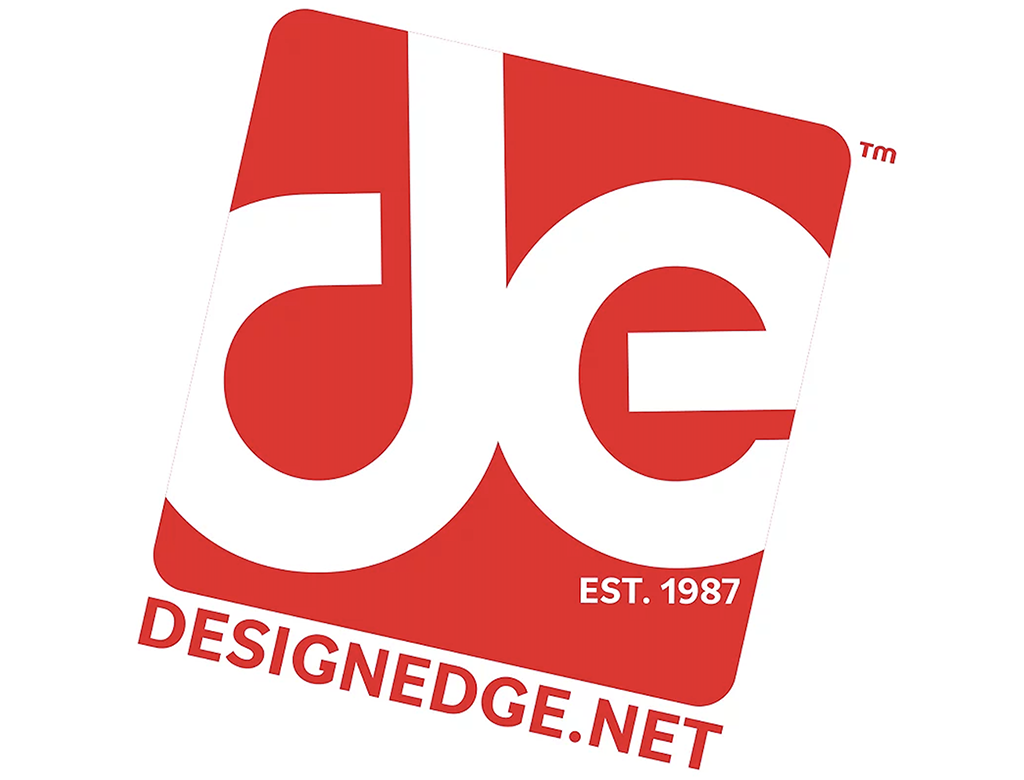The Coffee Table vs The Retail Shelf People
People frequently approach me, perplexed by the lackluster performance of intricately designed packaging that they’ve invested in both financially and emotionally. The confusion deepens when major retailers, including Walmart, Target, Barnes and Noble, and even smaller establishments, request a redesign or reject these visually stunning layouts completely. The underlying reason is straightforward – these designs lean more towards being “coffee table books” rather than effective “consumer packaging.”
A coffee table book has the advantage of having a captured audience. It’s displayed as a centerpiece to be admired, both for its theme as well as its visual ascetics. It is part of a room’s decor. Conversely, a consumer package is a billboard intended to display a message in a quick moment of passing. Understanding why a “coffee table book style” approach to consumer package design does not work is crucial to retail and online package success. Designing for the marketplace involves numerous factors, guided by principles rather than rigid rules. Whether it’s refreshing a stale design through color analysis, copy, call outs, or repositioning elements, the goal is to enhance product appeal down to seconds, the same way you understand a billboard when passing it at 65 mph. Differentiation is key, and understanding the market helps decide what sets a product apart while still aligning with consumer expectations.
Color plays a pivotal role in packaging and can significantly impact sales. A strategic color choice can cater to a specific demographic, and trends in fashion often provide valuable insights. However, color decisions should be thoughtful, avoiding choices based solely on personal preferences. The printing process itself poses challenges, and certain colors may not reproduce accurately in standard four color printing.
Structural design is another essential element, and it’s crucial to strike a balance between innovation and practicality. While thinking outside the box is encouraged, adhering to industry standards and understanding how the package will be displayed (on peg hooks, shelves, or online) is equally important. Maintaining a consistency of size relative to competitors helps ensure optimal shelf placement and perceived value.
A package, despite its visual appeal, is ultimately a tool to sell a product quickly. Excessive copy on the front panel diminishes impact, and simplicity is key to grabbing consumer attention in a matter of seconds. The package serves as the front line of defense in the competitive retail environment, and a well-designed package not only looks good, but also effectively communicates and sells the product within seconds. It’s a delicate balance of aesthetics, functionality, and market understanding, aiming to secure the coveted retail shelf space and consumer recognition.
The key to success in this dynamic landscape is a deep understanding of the market. Immersing oneself through shopping and online research becomes paramount. The design’s success hinges on its ability to stand out on crowded shelves, conveying its essence to consumers in mere seconds.
Designing for the marketplace involves principles rather than rigid rules, encompassing factors like color, copy, and structural innovation. Strategic color choices, guided by market trends, play a pivotal role in impacting sales, while structural design requires a balance between creativity and practicality. Adherence to industry standards and understanding how the package will be displayed is crucial for optimal shelf placement and perceived value relative to competitors. Achieving this delicate balance between aesthetics, functionality, and market understanding is the key to securing coveted retail shelf space and gaining consumer recognition. It’s a journey where every design choice contributes to the ultimate success of the product in a visually cluttered and competitive marketplace.
In conclusion, the challenge of consumer packaging lies in bridging the gap between the allure of intricately designed layouts, and the swift, impactful communication needed in the retail environment. Often, the rejection of visually stunning designs by major retailers stems from the fact that they resemble “coffee table books” rather than efficient “consumer packaging.” While a coffee table book captivates a captured audience, consumer packaging acts as a quick billboard, demanding attention in a passing moment.

DeMatt Nuccio is president of Design Edge, a New York-based toy and game development company. For more information, he can be reached at matt@designedge.com

